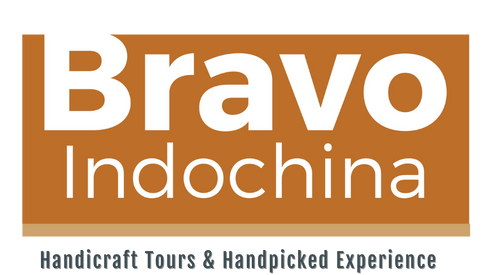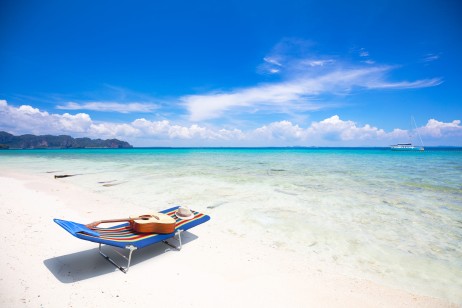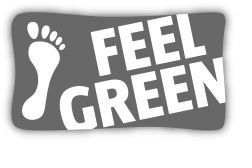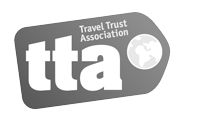Visit the Golden Triangle, Thailand
.jpg)
Known to locals as Sop Ruak, the Golden Triangle is the English-language nickname for the hilly, forested area in the north of Thailand, where it meets Laos and Burma. Despite the region’s fraught history, today it’s a serene landscape where you can explore coffee plantations, traditional villages and slow, winding rivers, as well as one of the best elephant sanctuaries in Thailand.
For centuries, the Thai, Lao, Khmer and Burmese fought over these fertile hills, the borders of empires and kingdoms rubbing together uncomfortably. Then, in the mid-20th century, the Golden Triangle became one of the main hubs of opium production, adding another chapter of violence to the area’s turbulent past.
The tribes who live in the hills often suffered due to these political winds. That changed in the 1970s, when Thailand’s then king, Rama IX, created a number of initiatives to encourage farmers to switch from growing poppies to other cash crops, including coffee and tea. Thanks to these efforts, many of the villages are thriving.
Located close to the northern border, Chiang Saen is a sleepy riverside town that was once the capital of the Lanna kingdom, a state that flourished from the 13th to the 18th century. You can still find remnants of the once-mighty kingdom in the city, from the earthen battlements to several chedi, pillars and sanctuaries. You can also visit one of the oldest and largest Buddha statues in Thailand, the massive and gleaming Golden Buddha, which dates from the 13th century.
The town is also home to Anantara Golden Triangle Resort, an indulgent, all-inclusive retreat. From its hilltop infinity pool, you can see Thailand, Laos and Burma, as well as the confluence of the Mekong and Ruak rivers.
The hotel offers you an up-close look at the residents of the Elephant Camp, a conservation park that looks after dozens of retired or rescued elephants and provides responsible ways to get closer to the intelligent creatures.
You can walk around the property with the mahouts (caretakers) as they care for their charges, and watch the elephants take their daily bath in the river. Or, you can take a more academic approach and learn about the animals’ natural history, biology and the science of conservation.
Additionally, the hotel offers daily outings into the countryside. Cycle to the nearby Sop Ruak village, take a longtail boat up the Mekong, visit a rice farmer or explore 14th-century temples.
If you want to examine some of the area’s history, you can also opt to visit the Hall of Opium, across from the hotel. This unflinching museum drills into the narcotic that defined so much of the region’s recent history.
With comprehensive, interactive exhibits in English, it gives you an unvarnished tour through the history of opium in Asia and its connections to trade and the opening up of China. There’s also a display about the victims of opioid addiction around the world.
If you want to venture across the border, we can set up a visit to the border town of Mae Sai, where you’ll cross the Sai River into Burma to explore Tachileik. This gritty town is cluttered and unlovely, but it offers a look at life on the border and a chance to see a Shan-style temple.
And, if you’d like to spend more time exploring the mountain communities near the border, we can arrange for a guided tour of local markets and villages of the Akha and Mien (Yao) tribes. Not many venture this far afield and you’re likely to be the only visitor.
Just half an hour south of Mae Sai, the Fish Cave (Tham Pla) is a temple tucked by the foot of a forested mountain. Massive, gold-painted dragon claws stand sentinel at the base of steep stone stairs carved into the living rock.
At more than 200 steps, the climb is taxing but reaches a pinnacle with views across the green hills and into Burma and Laos. You can explore two caves and admire the antics of the hordes of macaque monkeys that swarm around the temple.
Another hour southwest brings you to Mae Salong, a scrap of Chinese culture nestled in the Thai mountains. Settled by soldiers fleeing from Communist rule in 1949, it’s a place where you’ll hear the distinctive tones of China’s Yunnanese dialect as well as seeing Chinese TV and food.
Best time to visit the Golden Triangle, Thailand
The weather here is significantly cooler than you’ll experience in lower elevations farther south. From November to March, you’ll find balmy days and cool nights, as well as clear, sunny skies. Slash-and-burn agriculture can cause haze in the air during February and March, and the heat and rains come in April.



.jpg)
.jpg)
.jpg)
.jpg)
.jpg)
.jpg)
.jpg)
.jpg)
.jpg)




